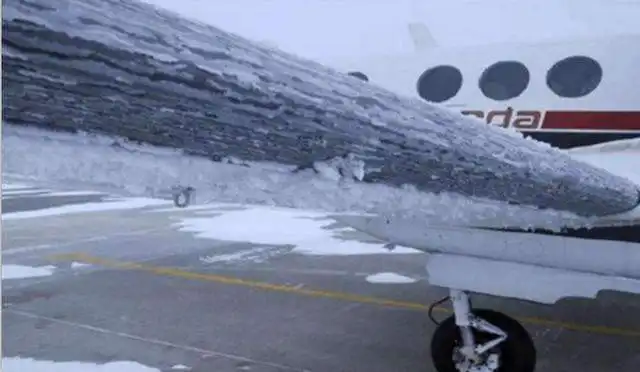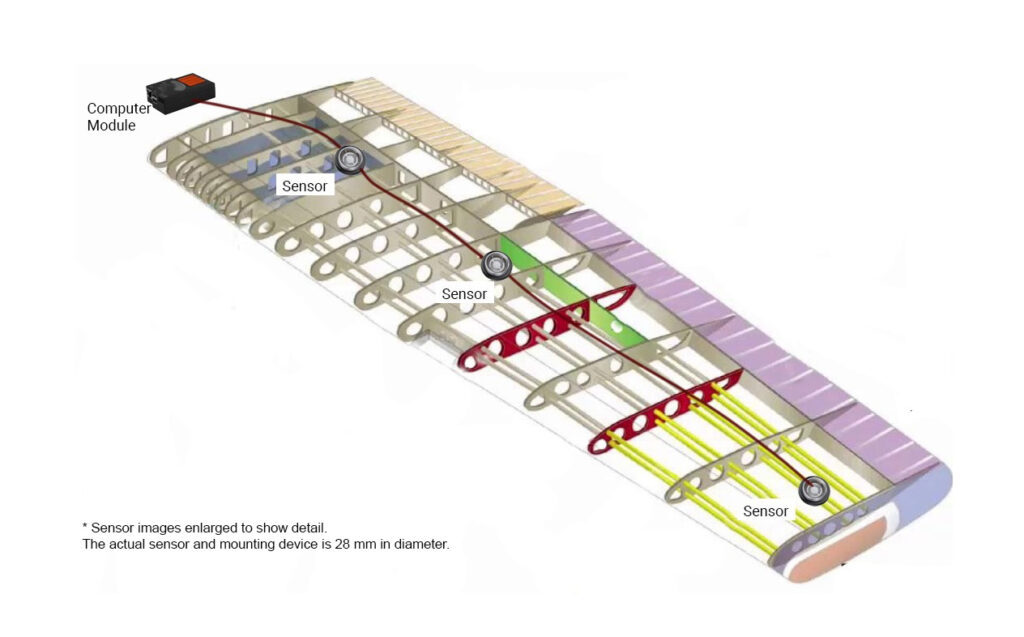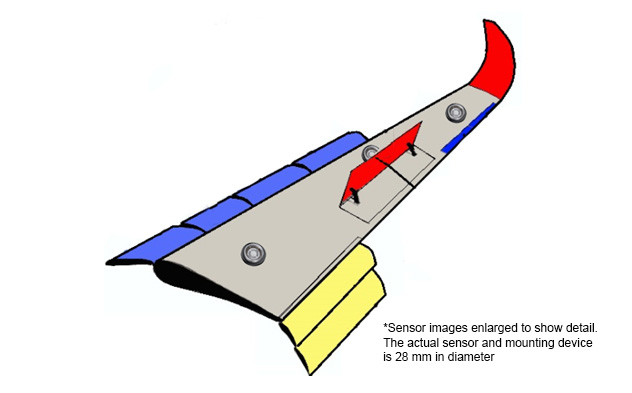Phillip Technologies has developed a QCM (quartz crystal microbalance) sensor used in detecting ice formation on aircraft wings —based on research gathered at the Georgi Nadjakov Institute of Solid State Physics and Bulgarian Academy of Sciences. A device based on the temperature-controlled condensation of water vapor in the atmosphere has been developed to effectively detect nanometer level ice formation on aircraft wings.


Using the principle of hygroscopic nucleation we are able to measure the growth of ice layers with our sensor system and provide real time data to the pilot and crew on the potential for dangerous icing conditions.
This data readily translates into more reliable and efficient de-icing schedules for increased uptime.
Using our proprietary conductive internal heating mechanism, we can regulate the surface temperature of the module from ambient to up to 100 F to enable a “deicing” mechanism so the sensor can be used repeatedly. This de-ice function prevents ice accumulation from interfering with monitoring as the ice gets thicker.
Our sensor can operate as low as -40C, equivalent to 30,000 feet in altitude, although icing generally occurs at much lower elevations. The pressure range is sea level to 2.7 PSI.
Phillip Technologies also provides matching electronics to read the ice level accumulation, external wing temperature, and to provide power to the cockpit integrated monitoring system.



For inquiries, customization options, or to place your order, please fill out the form below.